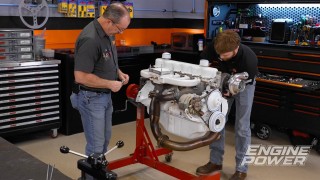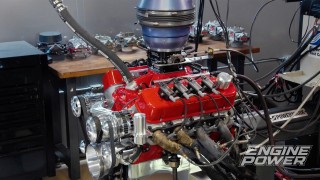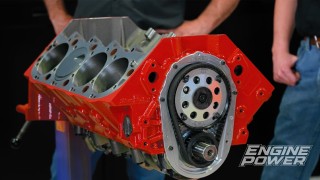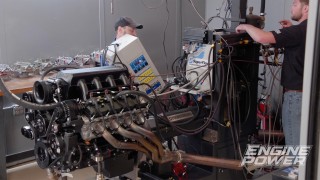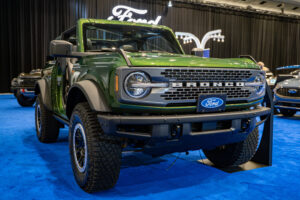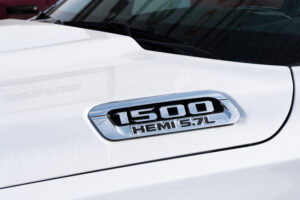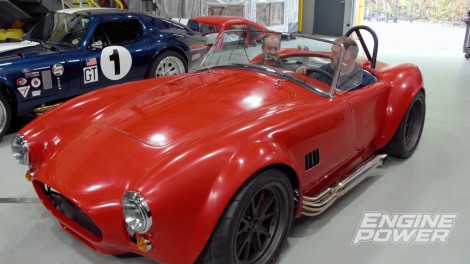
Classic Car Collaboration
The Engine Power crew hits the road and travels to Boston to visit famous Factory Five Racing and some of their new facilities. They’re expanding their “build it yourself” classic car line with an all-new reengineered version of their well-known classic.
Season 11
Episode 18


